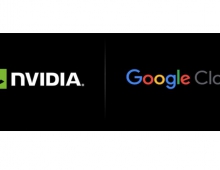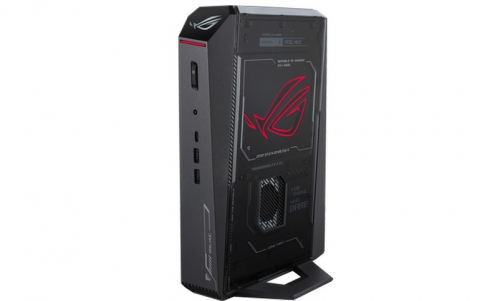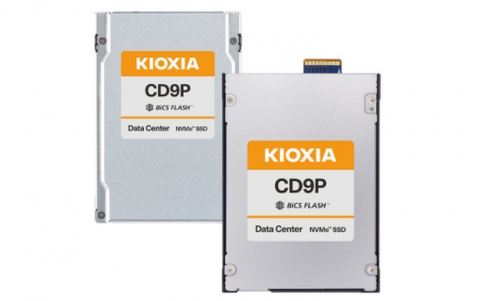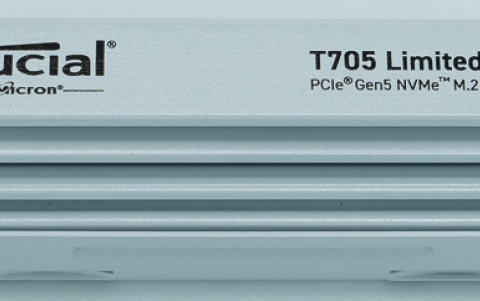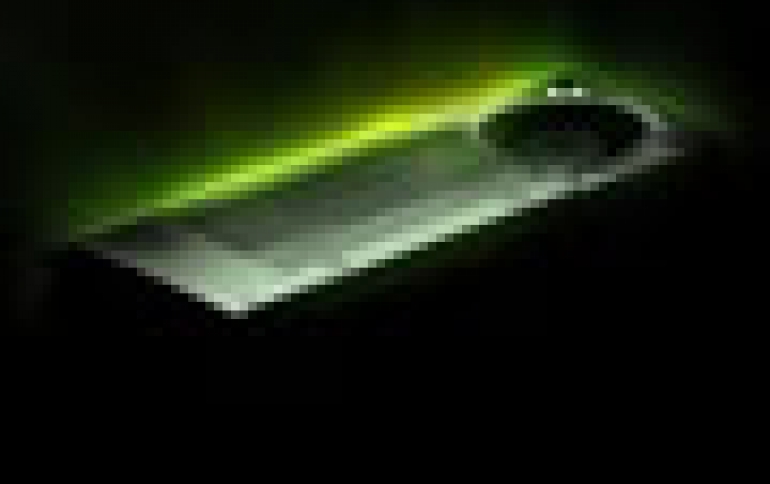
NVIDIA Responds To Radeon HD 7790 With New Sub-$200 GeForce GTX 650 Ti BOOST GPU
Nvidia today released the NVIDIA GeForce GTX 650 Ti BOOST GPU. The a card based on the NVIDIA Kepler architecture and it is equipped with 768 NVIDIA CUDA cores. Available in 2GB and 1GB configurations it is priced at $169 and $149, respectively.
Nvidia claims that the new card is offering up to 40% more performance over the original GeForce GTX 650 Ti GPU introduced last year. In terms of specs, the 650Ti "Boost" version features 8 additional ROPs, its core runs at 980MHz matching th ecore of the GTX 660, it supports Boost Clock and its GDDR5 memory is clocked at 6 GHz with a larger 192-bit interface.
NVIDIA's GPU Boost technology dynamically adjusts GPU performance to meet the real-time graphics processing demands of games.
With a wider 192-bit memory interface and up to 60 percent more memory bandwidth than the original, the GeForce GTX 650 Ti BOOST GPU lets gamers play their favorite games at 1080p at high-quality settings. NVIDIA promises you can run Starcraft 2: Heart of the Swarm at highest settings and get a frame rate of 62fps, an order of magnitude higher than the 39fps promised on the 650 Ti.

The NVIDIA GeForce GTX 650 Ti BOOST 2GB edition is available now from the Nvidia's add-in card suppliers, including ASL, ASUS, Colorful, ECS, EVGA, Gainward, Galaxy, Gigabyte, Innovision 3D, Jetway, Leadtek, MSI, Palit, PNY, Point of View, Sparkle and Zotac. The GTX 650 Ti BOOST 1GB version will be available in early April.
With the main competitor for the 1GB GTX 650 Ti Boost being the recently launched Radeon HD 7790, the main competitor for the 2GB version is going to be AMD's Radeon HD 7850 2GB.
| NVIDIA GPU Specifications | ||||||
| GTX 660 | GTX 650 Ti Boost | GTX 650 Ti | GTX 550 Ti | |||
| Stream Processors | 960 | 768 | 768 | 192 | ||
| Texture Units | 80 | 64 | 64 | 32 | ||
| ROPs | 24 | 24 | 16 | 16 | ||
| Core Clock | 980MHz | 980MHz | 925MHz | 900MHz | ||
| Boost Clock | 1033MHz | 1033MHz | N/A | N/A | ||
| Memory Clock | 6.008GHz GDDR5 | 6.008GHz GDDR5 | 5.4GHz GDDR5 | 4.1GHz GDDR5 | ||
| Memory Bus Width | 192-bit | 192-bit | 128-bit | 192-bit | ||
| VRAM | 2GB | 1GB/2GB | 1GB/2GB | 1GB | ||
| FP64 | 1/24 FP32 | 1/24 FP32 | 1/24 FP32 | 1/12 FP32 | ||
| TDP | 140W | 134W | 110W | 116W | ||
| GPU | GK106 | GK106 | GK106 | GF116 | ||
| Architecture | Kepler | Kepler | Kepler | Fermi | ||
| Transistor Count | 2.54B | 2.54B | 2.54B | 1.17B | ||
| Manufacturing Process | TSMC 28nm | TSMC 28nm | TSMC 28nm | TSMC 40nm | ||
| Price | $229 | $149/$169 | $149 | $149 | ||
NVIDIA's GPU Boost technology dynamically adjusts GPU performance to meet the real-time graphics processing demands of games.
With a wider 192-bit memory interface and up to 60 percent more memory bandwidth than the original, the GeForce GTX 650 Ti BOOST GPU lets gamers play their favorite games at 1080p at high-quality settings. NVIDIA promises you can run Starcraft 2: Heart of the Swarm at highest settings and get a frame rate of 62fps, an order of magnitude higher than the 39fps promised on the 650 Ti.

The NVIDIA GeForce GTX 650 Ti BOOST 2GB edition is available now from the Nvidia's add-in card suppliers, including ASL, ASUS, Colorful, ECS, EVGA, Gainward, Galaxy, Gigabyte, Innovision 3D, Jetway, Leadtek, MSI, Palit, PNY, Point of View, Sparkle and Zotac. The GTX 650 Ti BOOST 1GB version will be available in early April.
With the main competitor for the 1GB GTX 650 Ti Boost being the recently launched Radeon HD 7790, the main competitor for the 2GB version is going to be AMD's Radeon HD 7850 2GB.







